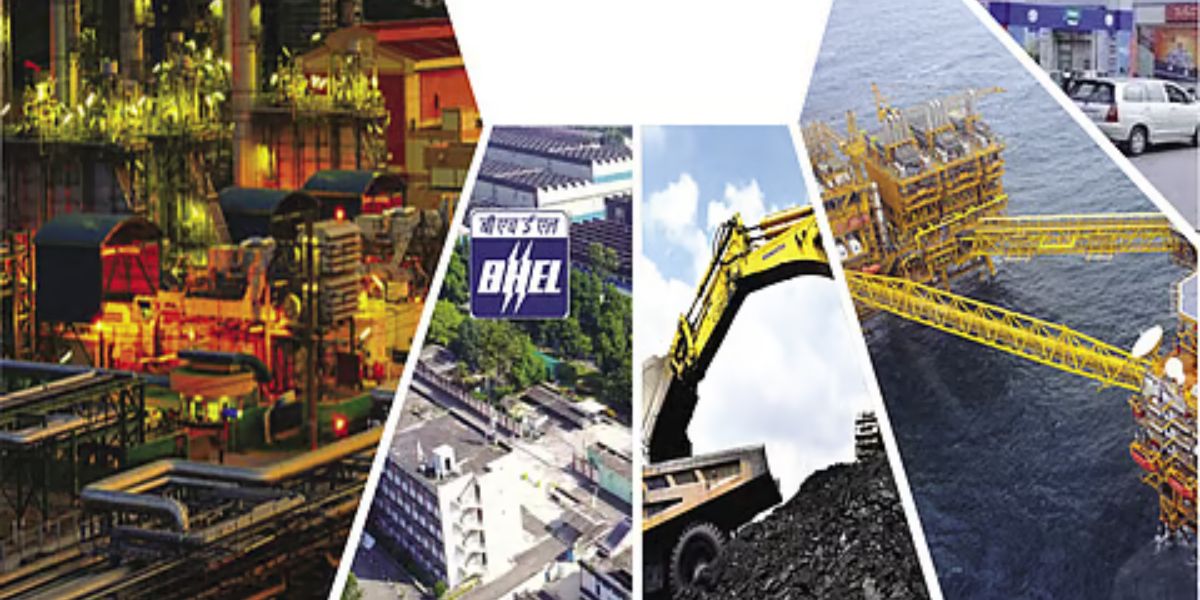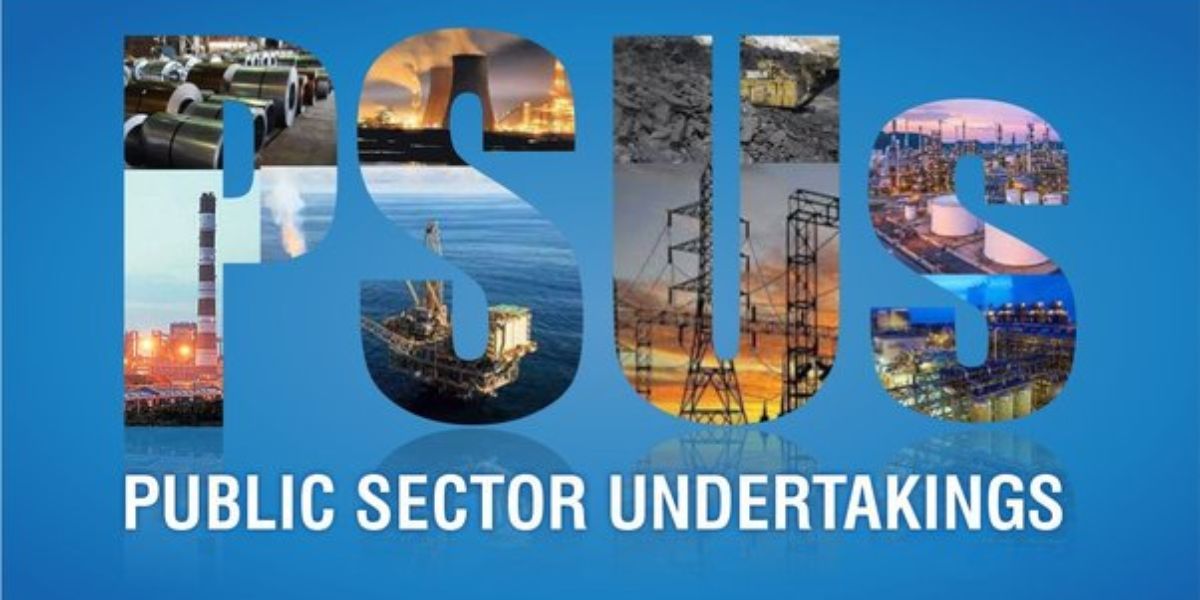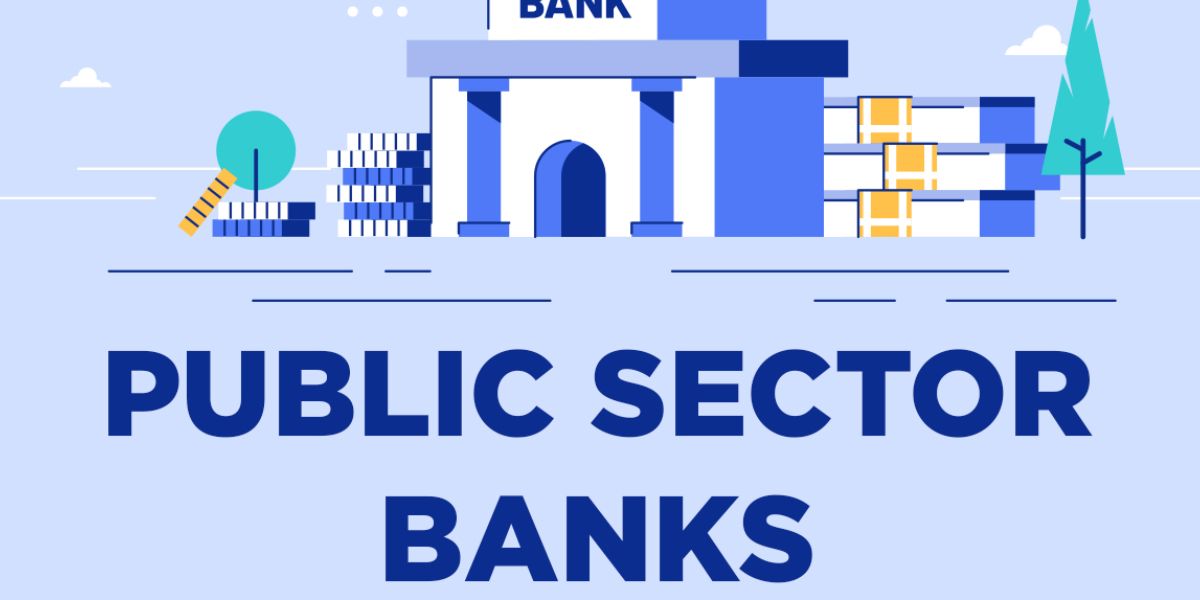India’s Public Sector Undertakings (PSUs) have long served as the backbone of the nation’s industrial and economic framework. However, in recent decades, several PSUs faced stagnation due to outdated infrastructure, bureaucratic inefficiencies, and global competition. Today, with a renewed focus on digital transformation, technology is playing a vital role in reviving these institutions, enhancing efficiency, transparency, and profitability across sectors.
The Changing Landscape of Indian PSUs
The shift toward modernization began when the government identified that technology could bridge many operational gaps in PSUs. From large enterprises like NTPC and ONGC to banking giants such as SBI and PNB, digital adoption has become a central theme.
These transformations are not just about introducing new tools but about fundamentally changing how PSUs operate—reducing delays, increasing accountability, and improving citizen-centric services.
Table of Contents
According to data from the Department of Public Enterprises, over 150 PSUs are currently undergoing digital restructuring projects aimed at improving internal operations, safety, and service delivery.
Digitalization Driving Efficiency
Technological upgrades have brought substantial improvements in PSU efficiency. The adoption of Enterprise Resource Planning (ERP) systems allows for seamless coordination between departments, better inventory management, and data-driven decision-making.
For example, Indian Oil Corporation integrated SAP-based ERP across all its refineries to track fuel movement, optimize maintenance schedules, and reduce downtime.
In the energy sector, NTPC has employed predictive analytics and real-time monitoring systems to manage power generation efficiency and reduce carbon emissions. Similarly, Steel Authority of India Limited (SAIL) has implemented automation in steel production lines, enhancing productivity while minimizing resource wastage.
These examples highlight how digitalization isn’t just about modernization—it’s about creating a smarter, leaner, and more competitive PSU ecosystem.
Leveraging Artificial Intelligence and Data Analytics
Many PSUs are now turning to Artificial Intelligence (AI) and Data Analytics to make informed business decisions. AI algorithms are helping identify maintenance needs before machinery fails, saving millions in repair costs.
In sectors like banking, data analytics enables PSUs such as Bank of Baroda and SBI to assess credit risks, predict customer behavior, and enhance fraud detection.
AI-driven customer support systems have also made PSUs more responsive. For instance, the integration of chatbots in PSU banks provides faster solutions to customer queries, improving satisfaction and reducing workload for staff.
Enhancing Transparency and Governance
Another critical impact of technological upgrades is the improvement in transparency and accountability. The government’s emphasis on e-governance platforms ensures that transactions, tenders, and procurement processes are now digital and traceable.
The implementation of e-Procurement Systems (GeM Portal) has minimized corruption risks and enabled small vendors to compete fairly with larger firms.
Furthermore, blockchain technology is being explored in public record-keeping and logistics management, ensuring immutable and tamper-proof data trails.
Green Technology and Sustainable Revitalization
PSUs are also aligning technological advancement with sustainability goals. Many have adopted clean energy solutions, waste-to-energy projects, and carbon capture technologies.
For example, NTPC’s Green Energy Division is investing heavily in renewable projects, while Coal India Limited has started pilot projects for methane gas extraction to reduce emissions.
These initiatives not only reduce the carbon footprint but also reposition PSUs as leaders in India’s green transformation journey, aligning with national objectives like Net Zero by 2070.
Digital Skill Development in PSU Workforce
A major aspect of technological revival lies in upskilling the workforce. The success of digital initiatives depends largely on how well employees adapt to new tools.
Government-led programs such as Mission Karmayogi and Skill India are actively supporting PSU employees with training in data analytics, AI, and cybersecurity.
Organizations like Bharat Electronics Limited (BEL) and Bharat Heavy Electricals Limited (BHEL) have set up internal training centers to familiarize engineers and administrative staff with new digital tools, fostering innovation from within.
The Road Ahead: Challenges and Opportunities
While the transformation is promising, PSUs still face challenges in implementation. Budget constraints, legacy systems, and resistance to change often slow progress. Moreover, cybersecurity threats are rising as digital adoption increases.
However, the opportunities outweigh the obstacles. With increasing collaboration between PSUs and private technology partners, the future looks optimistic. Strategic partnerships in cloud computing, IoT, and machine learning will continue to accelerate modernization across sectors—from manufacturing to healthcare to infrastructure.
Conclusion
Technological upgrades have become the cornerstone of PSU revival in India. Through AI, automation, data analytics, and digital governance, PSUs are rediscovering their strength as engines of national growth. As the government and enterprises continue to invest in these innovations, the next decade could see PSUs emerge stronger, more transparent, and globally competitive.
Do you believe technology can fully transform India’s PSUs into globally competitive enterprises? Share your views and join the discussion at indiapublicsector.com.










